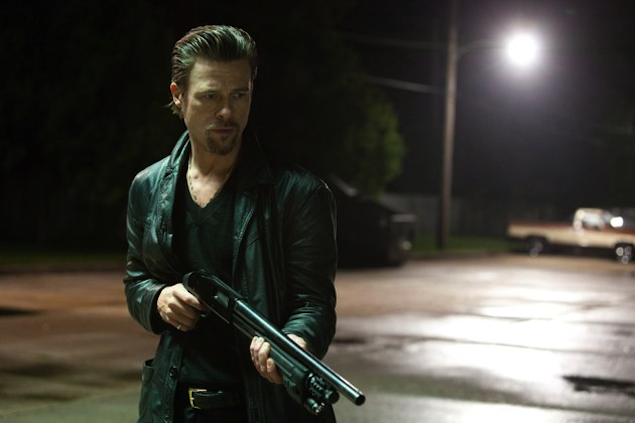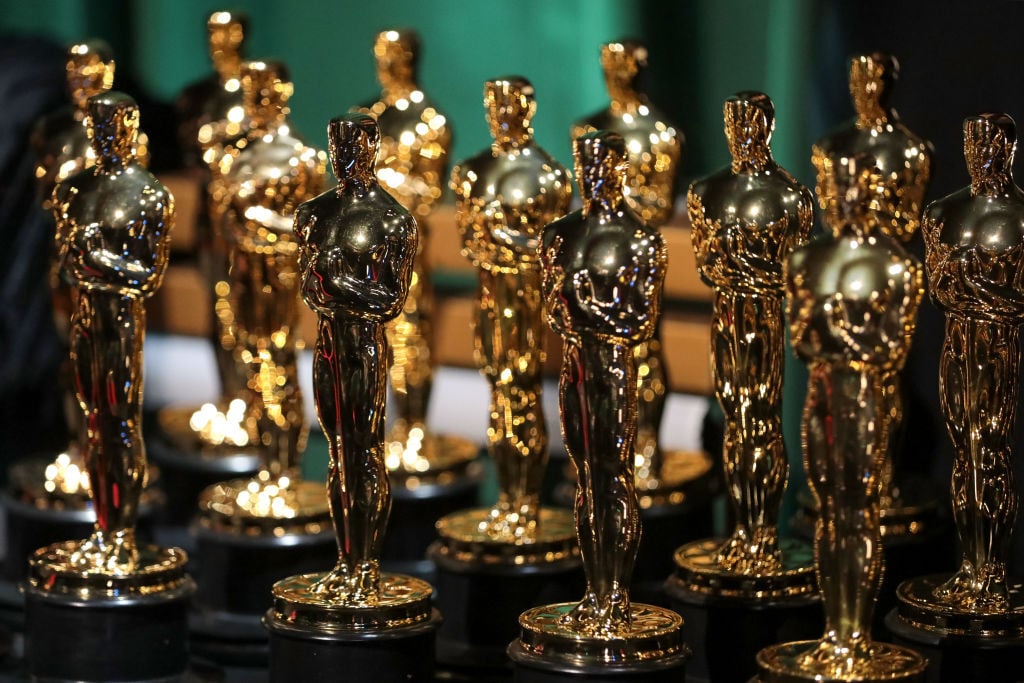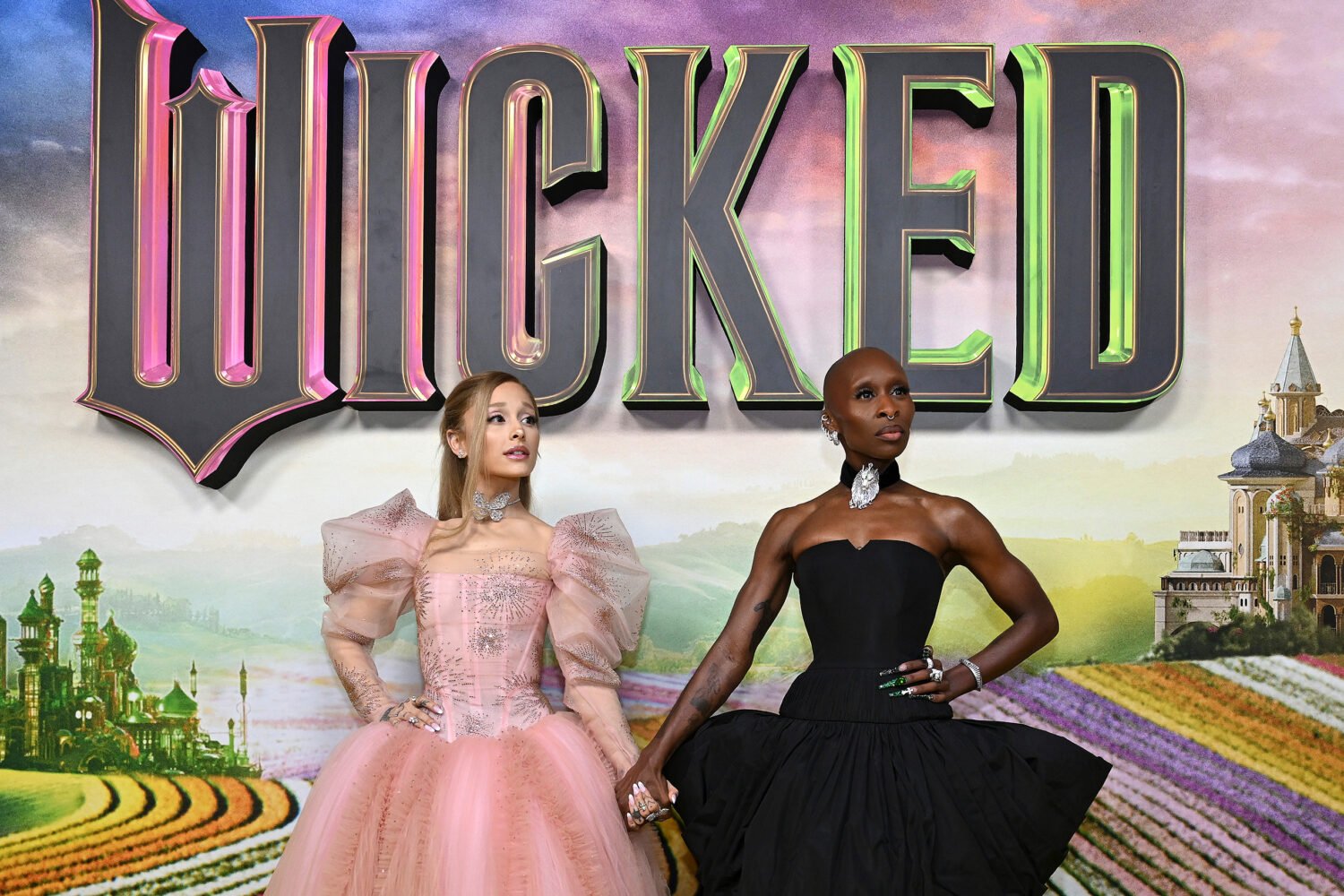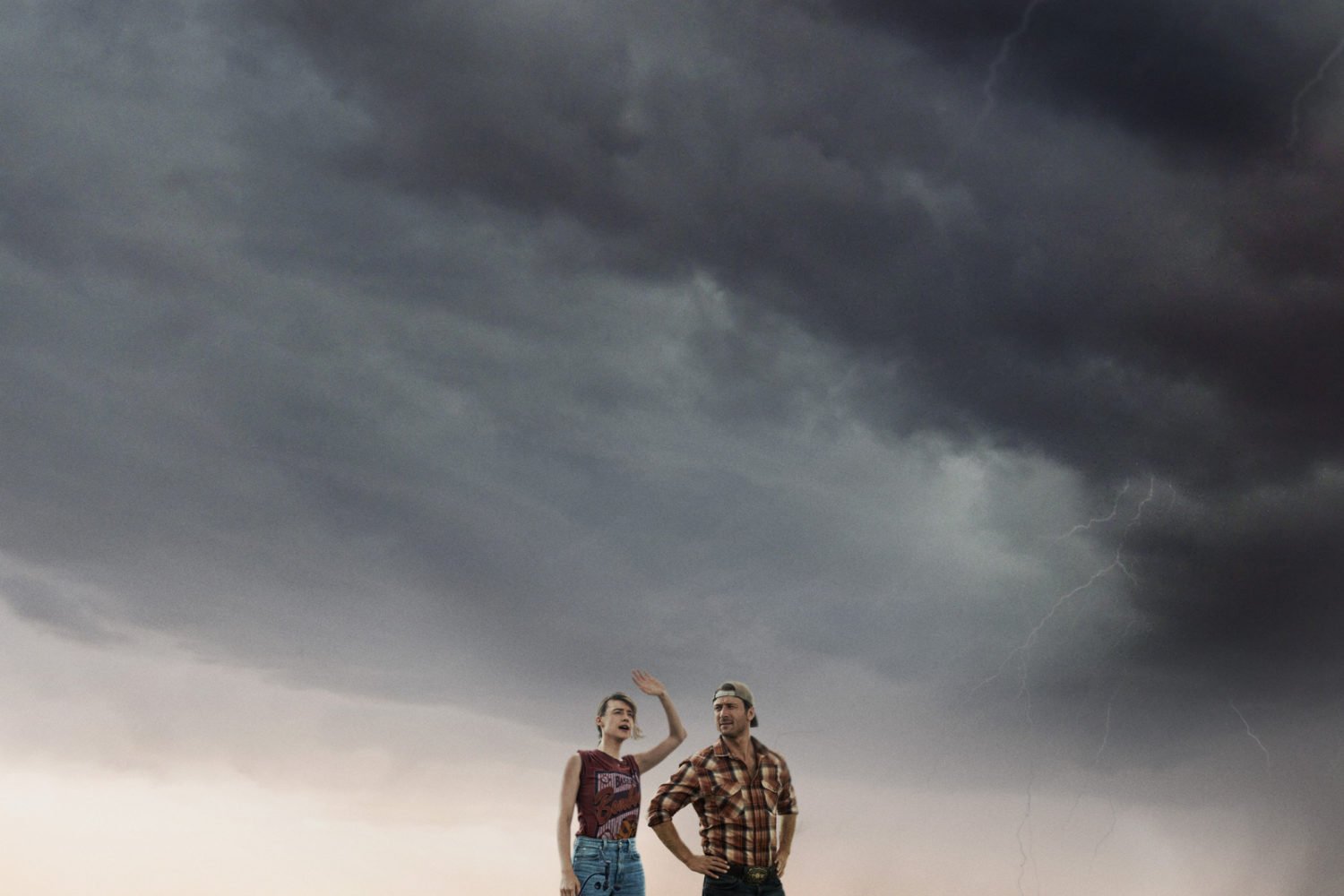The latest from Australian director Andrew Dominik, creator of the unfairly overlooked
masterpiece
The Assassination of Jesse James by the Coward Robert Ford back in 2007, is nowhere near the equal of that film. Where his previous work was
a study in understated subtlety and quiet reflection,
Killing Them Softly is a political harangue with the blunt force of a shotgun stock to the temple, couched
somewhat inelegantly into a generic and pulpy tale of gangland justice and revenge,
which features Brad Pitt as a hitman trying to organize a complicated payback hit
on a few screw-up small-time crooks who knocked over a back-room poker game. Dominik
wants to look at organized crime as a function of economic desperation and existential
isolation, and to underline, highlight, and put exclamation points around his metaphor. He sets his story in late 2008 (even though the novel it’s loosely based on, George
V. Higgins’s
Cogan’s Trade, is from 1974), with political talk radio and speeches from George W. Bush and then-senator
Barack Obama on the financial meltdown as constant presences on car radios and barroom
televisions throughout the film. It’s a clumsy device, and tells us nothing that a
filmmaker of Dominik’s skill should have been able to do much more elegantly without
essentially shoving it right into our face and our ears again and again.
Here’s the thing, though: Recognizing all those deficiences, and even growing annoyed
with some of them, I still sort of loved the movie.
Part of that is simply the fact that Dominik is a virtuoso filmmaker, the sort of
person who can bring balletic grace to settings as diverse as the dusty Old West,
and the slimier corners of near-modern-day Boston.
Killing Them Softly is a gorgeous piece of visual filmmaking from start to finish. But he’s nearly as
accomplished a writer as a director; structural issues and clumsy metaphors aside,
the dialogue he writes for his characters is lively and darkly hilarious. Nowhere
is this more apparent than in the wonderful scenes between Pitt and Richard Jenkins,
who plays the intermediary between Pitt and the unseen gangsters organizing the job.
Jenkins represents an intractable bureaucracy, while Pitt just wants to get in, get
out, and fix the problem quietly and efficiently, and the comic timing of the two
actors practically makes one wish the entire film was just them talking, a quasi-philosophical
gangland
My Dinner With Andre. James Gandolfini also turns up in a sad performance as a bleary-eyed, down-on-his-luck
hitman Pitt brings in for part of the job before realizing Gandolfini’s character
is too much of a drunk to follow through. They also have two one-on-one conversations
that could practically be masterful little shorts of their own.
Killing Them Softly doesn’t necessarily work as a whole; those great aspects are truly great, but they
don’t totally rise above the film’s missteps. But at an economical 97 minutes, those
missteps aren’t around long enough to truly wear out their welcome, particularly when
they’re brief interludes that bookend scenes of such engaging and entertaining filmmaking,
writing, and performing.
Opens tomorrow at theaters across the area.
Director Peter Nicks’s
The Waiting Room is just a piece of a larger media project examining the health-care system by focusing
on the goings-on in the waiting room of one public hospital in Oakland, California.
The documentary narrows that focus even further, concentrating on a single day at
the hospital, as the emergency room treats 241 mostly uninsured patients during one
24-hour period. Without sermonizing, maintaining a largely observational eye on what
unfolds over the course of the day, Nicks presents a portrait of a broken system that
puts bureaucracy in the way of easing suffering. Far from the abstractions of the
health-care debate on the floor of Congress or in political stump speeches, this is
a look at the real human impact of health care—or lack of it.
View the trailer. Opens Friday at E Street
Cinema.
This documentary is one of the most critically acclaimed films to come out of Israel
in recent years, and won numerous awards at film festivals in Israel, Germany, and
the US over the past year. It combines elements of both the personal and the detective
documentary, as director Arnon Goldfinger discovers, while going through the files
of letters, photographs, and other ephemera kept by his recently passed 98-year-old
grandmother, evidence that she and his grandfather had friendships with a high-ranking
SS official both before and after World War II. That knowledge leads him on an extensive
investigation of that relationship, which unfold in the film as he discovers his grandparents
through his research and interviews with both his own family and that of the Nazi
official. That results in a film that is constructed to be as striking and revelatory
for the viewer as it was for Goldfinger in making it.
View the trailer. Opens Friday at West
End Cinema.
Lyle Talbot, “The Entertainer”
Lyle Talbot may not be a hugely familiar name anymore, and may be most recognized
for his role on the smaller screen as a regular on
Ozzie and Harriet during the ’50s and ’60s, but the actor had a lengthy career that spanned all the
way from vaudeville to frequent guest spots on ’70s and ’80s television. His film career
began in the early ’30s, spanning genres from film noir to westerns to early superhero
serials (he played both Commissioner Gordon in a 1949 series of Batman films and Lex
Luthor the following year in a Superman series, being the first actor to portray each
character). He maintained an active involvement in theater throughout much of his
career onscreen, as well. Talbot’s daughter Margaret, a
New Yorker staff writer, recently published a biography of her father, which covers both personal
reminiscences and a working history of his career as it paralleled the life of the
entertainment industry throughout the 20th century. The AFI has put together a series
of Talbot’s films, concentrating on his work in the early 30s, and starting off with
his appearance in Mervyn LeRoy’s 1932 noir,
Three on a Match, with Margaret Talbot appearing
for a Q&A at Saturday’s screening.
View the trailer for Three on a Match. Starts Saturday at the AFI, and continues through
December 19. Check the
schedule
for complete listings.
Germany in the 1920s: Expanding the Film Avant-Garde beyond the Political Divide
This program is a lecture rather than a screening, and sounds like a fascinating examination
of early German cinema and its far-reaching effects on that country’s cultural landscape.
Lecturer Thomas Elsaesser is a celebrated author of books on film history and culture,
and currently a senior fellow at the International College of Cultural Technologies
and Media Theory in Germany. 1920s German cinema has been a particular point of interest
in his writing and studies; he’s written one book on the subject specifically, as
well as a monograph on Fritz Lang’s landmark
Metropolis and a more general examination of European film culture. Elsaesser’s illustrated
lecture ties the avant-garde cinema of Germany in with discussions of culture ranging
from architecture to advertising.
Sunday at 2 PM at the National Gallery of Art. Free.
Blu-ray/DVD Pick of the Week:
ParaNorman
The latest stop-motion animated film from the producers of
Coraline passed me by when it initially came out, so I was pleased to discover, upon catching
it later, that it’s a gem, and so much better than this fall’s other horror-leaning
animated feature, the silly and shallow
Hotel Transylvania.
The titular Norman is a kid who sees dead people, but not in a menacing or scary way;
he chats with his deceased grandma while watching TV in the living room and waves
to scores of apparitions on the street that no one else can see. That sort of behavior
makes him an outcast, but when a longstanding curse threatens the town he lives in,
it turns out he may be the only one who can save them, by communicating with the spirits
that are causing the problems.
Writer/director Chris Butler has an obvious love and huge knowledge of the history
of horror cinema, and the film is shot through with the influence of classic monster
movies without being too cutesy about it. The ghouls are just menacing enough to give
the film a little edge, but not so scary that the film ceases to be appropriate for
a kiddie audience. More than that, it conveys a message of inclusion and acceptance
of all of our “weird” differences but avoids getting too maudlin or after-school-special
preachy about it.
Special features: Audio commentary with Butler and co-director Sam Fell, nine behind-the-scenes
featurettes on the DVD and 16 on the Blu-ray, and a look at some of the early hand-drawn
storyboards and voiceover work.

















